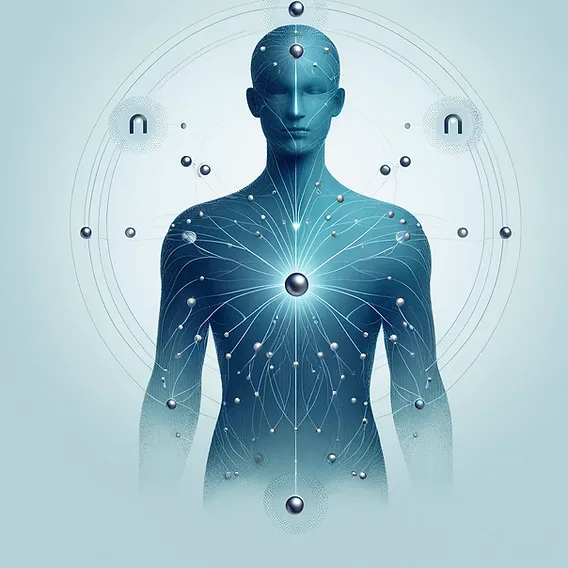Biomagnetism in Holistic Medicine: A Science-Based Guide for Health Experts
As healthcare continues to evolve, many health professionals are exploring complementary approaches to enhance patient care. One such approach gaining attention is biomagnetism. This article delves into the Science behind biomagnetism and its potential applications in holistic medicine, providing valuable insights for health professionals interested in expanding their therapeutic toolbox.
Understanding Biomagnetism
Biomagnetism, also known as biomagnetic pair therapy, is a holistic healing technique that uses pairs of magnets to balance the body’s pH levels. Developed by Dr. Isaac Goiz Durán in 1988, this therapy posits that many health issues stem from pH imbalances caused by pathogens or other disturbances in the body.
The Science Behind Biomagnetism
While biomagnetism is considered alternative medicine, several scientific principles underpin its theoretical framework:
- Magnetic fields and cellular function: Research has shown that magnetic fields can influence cellular processes, including ion transport and membrane permeability. These effects may contribute to the reported benefits of biomagnetic therapy.
- pH balance and health: The importance of maintaining proper pH levels in the body is well-established in medical science. Biomagnetism aims to restore this balance, potentially supporting overall health and immune function.
- Electromagnetic properties of living organisms: All living beings generate electromagnetic fields. Proponents of biomagnetism suggest that these fields can be influenced by external magnetic forces to promote healing.
Biomagnetism for Health Professionals: Practical Applications
Biomagnetism for health professionals interested in incorporating biomagnetism into their practice should consider the following applications:
- Complementary therapy: Biomagnetism can be used alongside conventional treatments to potentially enhance outcomes and reduce side effects.
- Pain management: Some practitioners report success in using biomagnetism to alleviate chronic pain conditions.
- Stress reduction: The relaxation induced by biomagnetic sessions may help reduce stress and anxiety in patients.
- Immune system support: By balancing pH levels, biomagnetism may indirectly support immune function.
- Detoxification: Proponents claim that biomagnetism can aid in removing toxins from the body, though more research is needed to confirm this effect.
Integrating Biomagnetism into Clinical Practice
For health professionals considering biomagnetism, here are some key points to remember:
- Training and certification: Proper training is essential to effectively and safely apply biomagnetic therapy. Look for reputable certification programs to gain the necessary skills.
- Patient education: Clearly communicate the principles and potential benefits of biomagnetism to patients, emphasizing its complementary nature to conventional medicine.
- Contraindications: Be aware of contraindications, such as pregnancy, pacemakers, or certain medical conditions, where magnetic therapy may be unsuitable.
- Documentation and follow-up: Keep detailed records of treatments and outcomes to track efficacy and contribute to the growing body of research on biomagnetism.
- Collaborative approach: Work with other healthcare providers to ensure a comprehensive treatment plan that incorporates both conventional and complementary therapies.
The Future of Biomagnetism in Healthcare
As interest in integrative medicine grows, biomagnetism may play an increasingly significant role in holistic health approaches. Ongoing research is crucial to fully understand its mechanisms and potential benefits. Health professionals can contribute to this field by:
- Participating in clinical studies
- Documenting case studies and treatment outcomes
- Collaborating with researchers to design and implement rigorous trials
Conclusion
Biomagnetism offers an intriguing approach to holistic healing that may complement conventional medical treatments. While more research is needed to fully validate its efficacy, the underlying scientific principles and growing anecdotal evidence suggest potential benefits for various health conditions.
For health professionals interested in expanding their therapeutic repertoire, biomagnetism presents an opportunity to explore a non-invasive, drug-free approach to supporting patient health. By understanding the science behind biomagnetism and its practical applications, healthcare providers can make informed decisions about incorporating this therapy into their practice.
As with any complementary therapy, it’s essential to approach biomagnetism with an open yet critical mind, balancing the potential benefits with the need for further scientific validation. By doing so, health professionals can stay at the forefront of integrative medicine while ensuring the highest standards of patient care.

